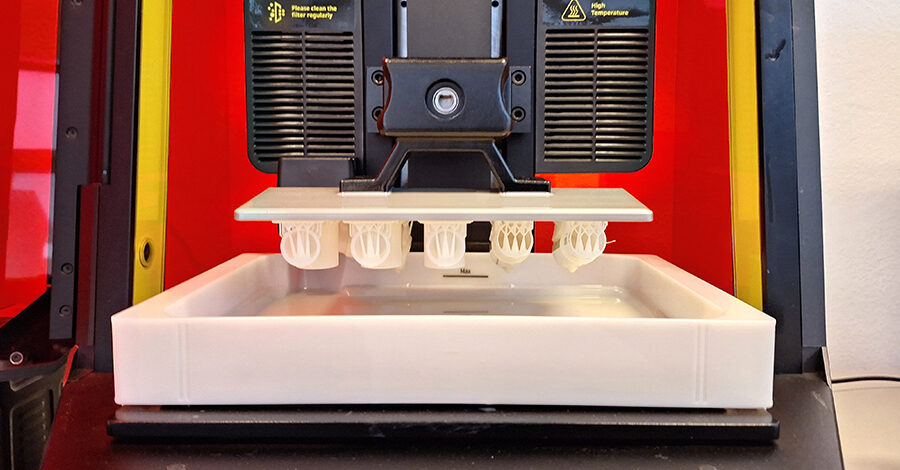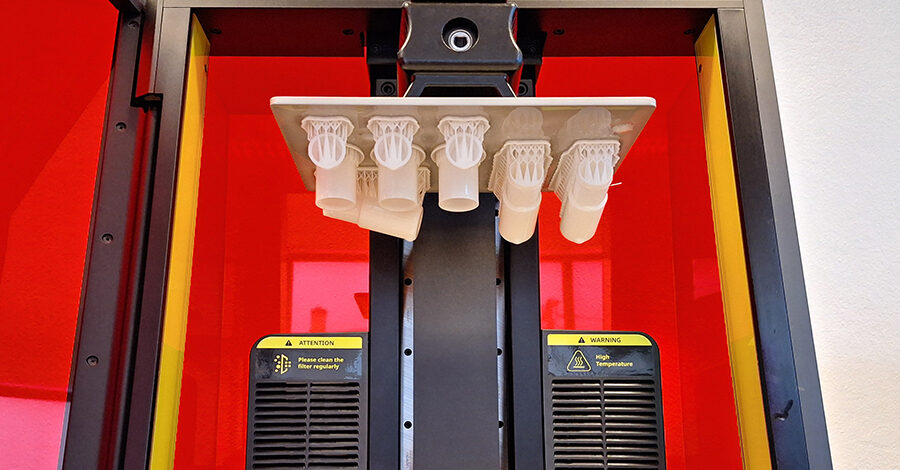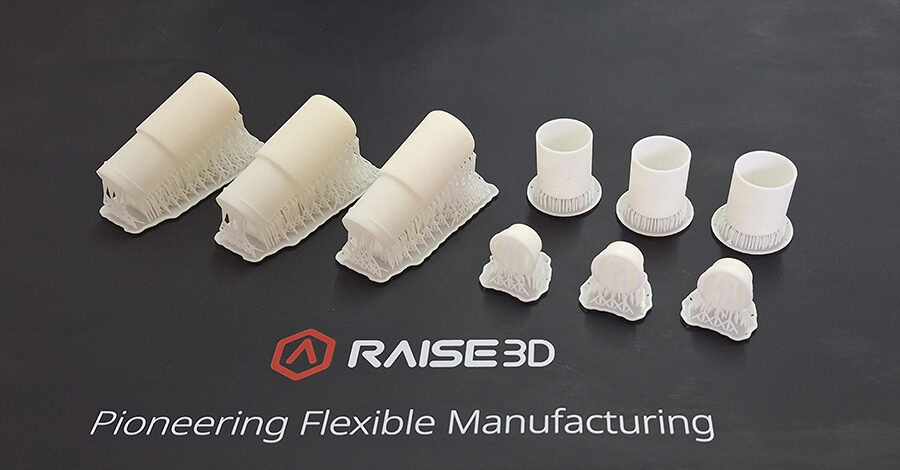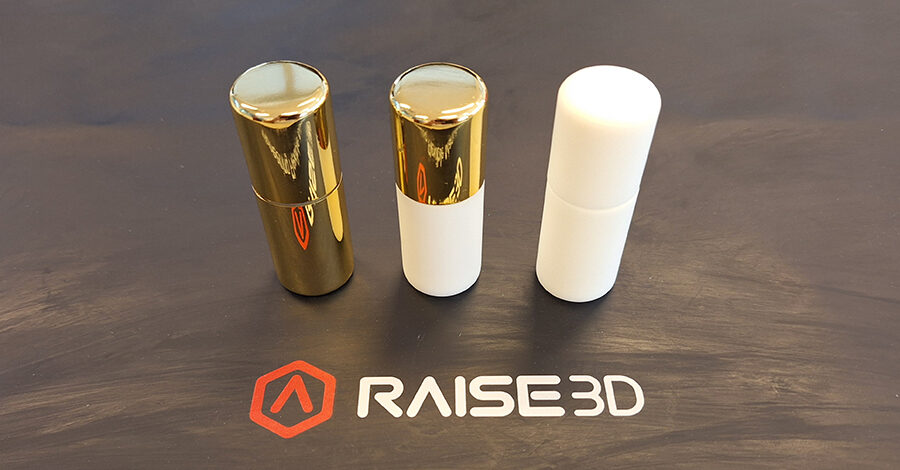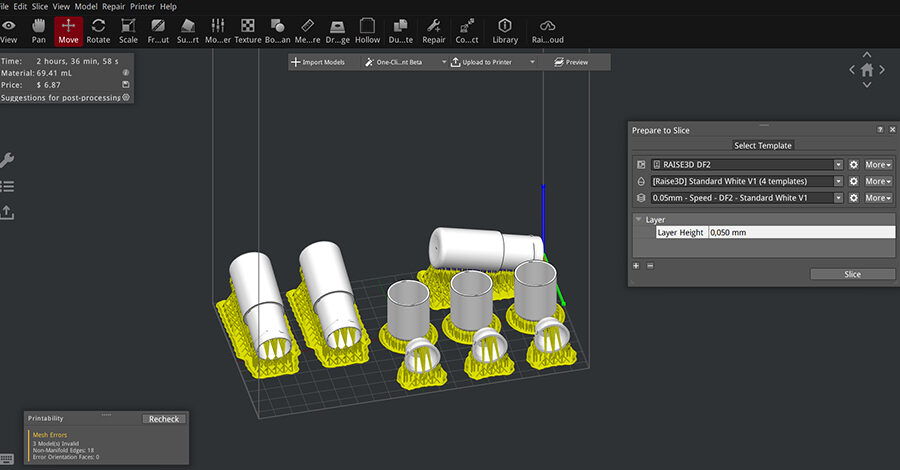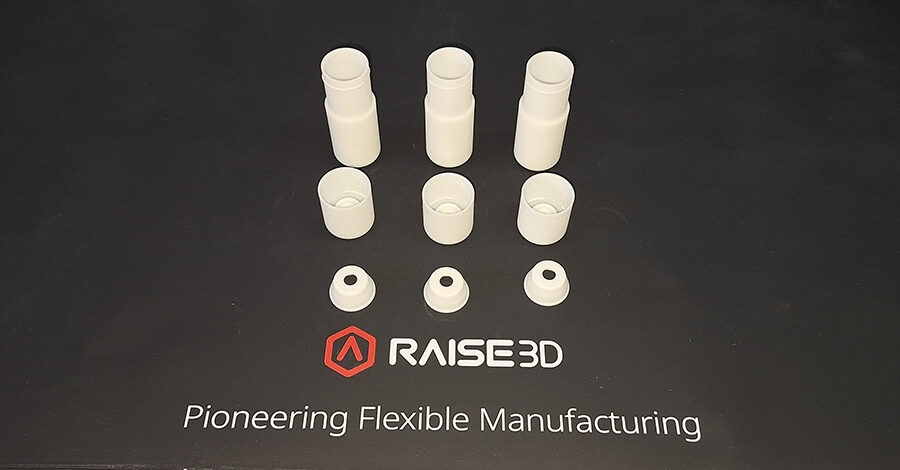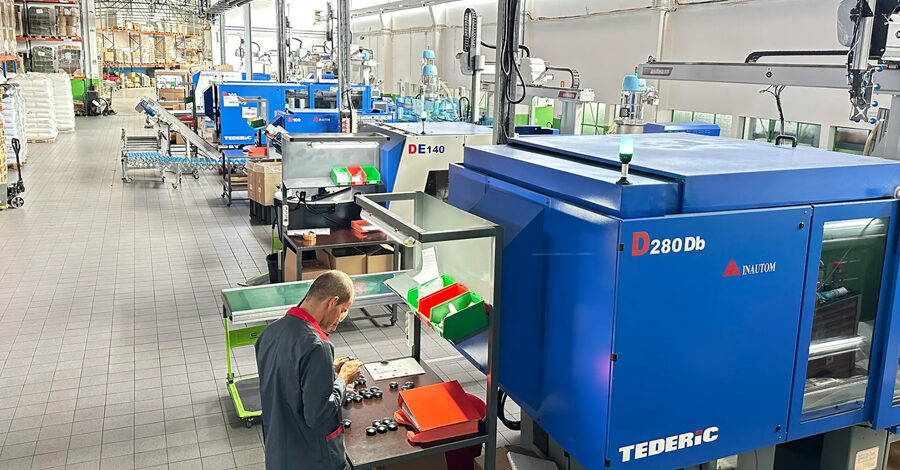
The Challenge: Lead Times and Flexibility
Before integrating 3D printing into their workflow, Dreamplas relied on subcontracting external services to produce prototypes. These physical 3D models were essential for presenting concepts to clients, testing assembly fittings, and validating mechanical functionality and aesthetics. However, this process faced limitations, particularly in lead time and flexibility.
The main challenge was finding subcontracting partners capable of delivering prototypes within extremely tight deadlines, often requiring parts in less than 24 hours, which was rarely achievable through external suppliers.











